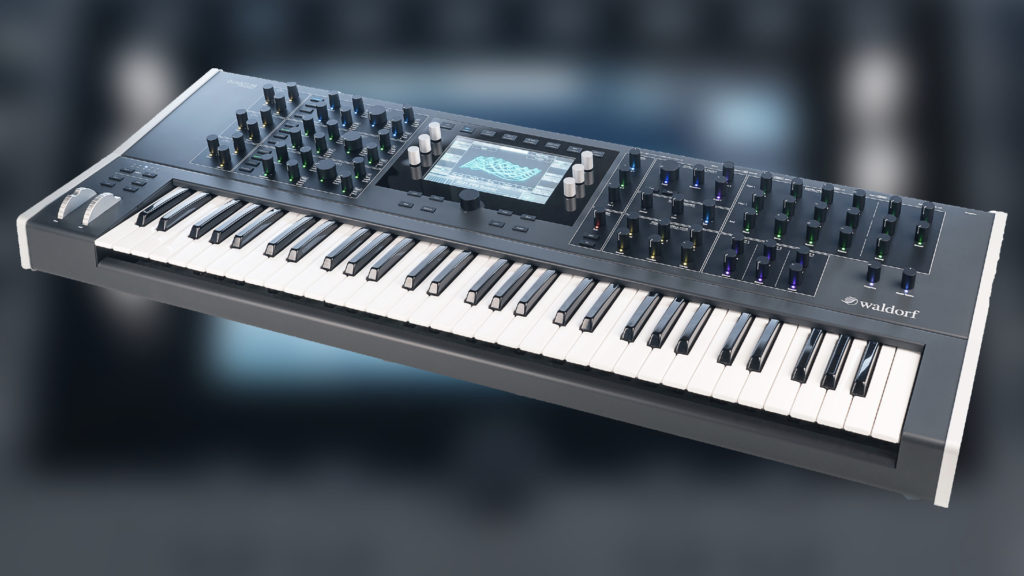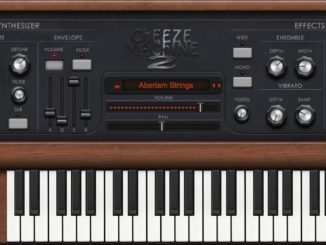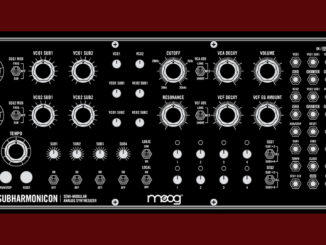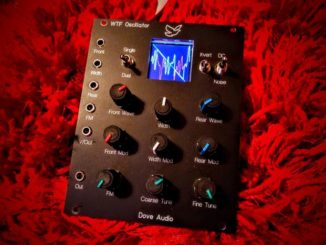Kernel Details
- individual audio rate modulations between kernels,
- classic phase FM,
- true FM,
- wavetable position (allowing for strange structures in audio rate),
- amplitude modulation,
- ring modulation;
- kernel self-feedback;
- free patching of kernels into algorithms with up to three modulation inputs for each kernel;
- classic FM algorithm presets
- individual dual decay stage envelope for each kernel;
- three-segment individual level scaling over key range for each kernel;
- five macro parameters for each kernel oscillator; s
- ix-slot modulation matrix control of macro parameters within each kernel oscillator (with modulation destinations for each kernel including Level, Pan, Pitch, Freq Offset, Feedback, Wavetable — allowing for cross-wavetable modulations, Attack, and Decay);
- six-pitch modes for each kernel (Ratio, Sub-Ratio, Radio + Offset, Semitones, Fixed, and LFO); i
- individual phase control for each kernel; and import of legacy FM format.
There are also new Output Level and Pan parameters for the analog filter and digital former. The Routing display now shows effect type names and state. An auto-scaling Envelope curve is now shown. The Destination encoder can now be pushed for flipping through groups of Modulation Matrix destinations. There is a new Parameter-only Sequencer mode with up to eight parameter tracks, and Arp (arpeggiator) and Seq (sequencer) screens are now merged into a common screen. Sync now shows musical values for sync ratios.
Enhanced editing is enabled by pushing the Display encoder to toggle between Normal, Fine, and Super modes, and if a parameter from the bottom row is edited and in focus then that parameter can also be changed with the main encoder while in focus.
Other new features & improvements
- File browsing now reacts to the main encoder for scrolling and when performing open/save routines, while pushing the main encoder also selects options when scrolling through menus.
- USB storage devices are now supported.
- Expanded AudioFile Editor functions include zooming, scrolling, selection, and editing (Various Normalize, Trim, Cut, Fade In/Out, Reverse, and Silence);
- single-level Undo/Redo;
- Record Trigger (Manual, Note, and Signal Threshold);
- Input VU,
- Input Monitor Level, and Physical Recording Level.
- Patch management improvements include: a new feature filter for use with Arp, Seq, Mono, and Layered sounds, and more;
- a new bulk delete action Load screen action menu;
- an ability to export patches with samples — all related samples will be put into a Samples subdirectory within the export directory; samples matching patches in the Samples subdirectory will be imported, and if a sample already exists in the internal flash memory then it will not be copied.
- A screen saver can be set to run after a selected number of minutes to protect the main display from burn-in if the Quantum Synthesizer is left running for hours on end without anything being touched.
Waldorf Quantum is available at our partner





Be the first to comment